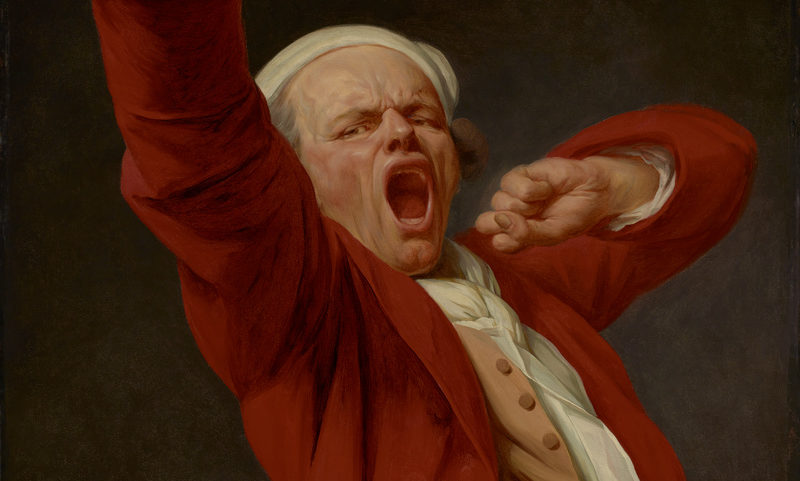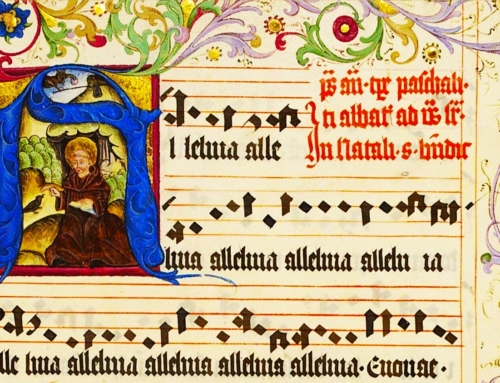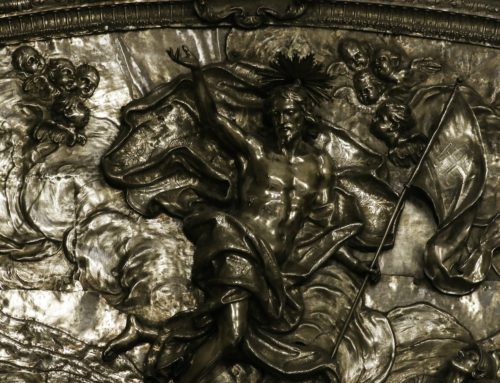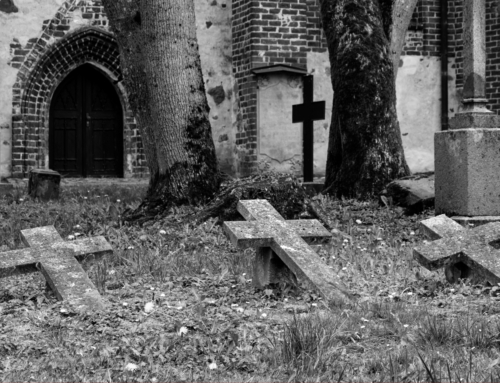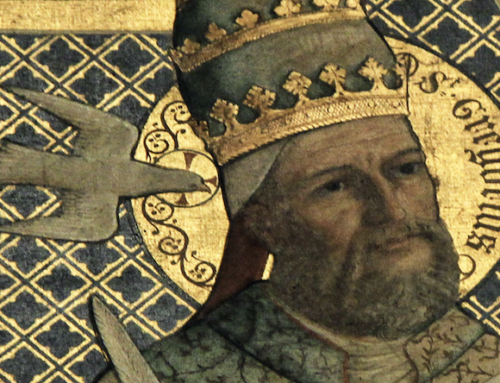On the surface, one’s familiarity with the events of Christ’s Passion, Death, and Resurrection can slowly compromise their power to captivate. I mean, did your mind happen to wander a bit during the lengthy proclamation of the Lord’s Passion on Palm Sunday? Or when it was proclaimed again on Good Friday? Did the marvellous account contained in the Easter Sunday Gospel—that one we’ve heard so many times before—totally register with us?
Even if the Triduum moved our spirit deeply (praise God), will the sentiment persist for the entire duration of the Easter season? (It is a fifty-day liturgical season, you know.) Let’s talk again on the Wednesday of the Fifth Week of Easter and see how it’s going. Sooner or later, to some degree, we all have to try to stifle what might be called the Alleluia yawn—the settling of the extraordinary back into the ordinary.
Now, my interest here is neither in guilt-tripping nor in trying to rouse dulled imaginations, at least not in the way you might expect. In fact I find the struggle to grasp the full weight of the Resurrection in particular quite understandable. That is partly because Christ’s Resurrection categorically surpasses all that could be imagined. How did it happen? To picture the Holy Spirit descending upon the tomb before daybreak with divine defibrillation paddles won’t cut it (Jesus was not resuscitated like the corpses of Lazarus and Jairus’ daughter, but resurrected and glorified). And what did the glorified Christ look like? If the angel that rolled back the stone from the tomb appeared like lightning, well, does it get much brighter than that? When reflecting on Christ’s glorified body, Pope Benedict XVI writes, “Since we ourselves have no experience of such a renewed and transformed type of matter, or such a renewed and transformed kind of life, it is not surprising that it oversteps the boundaries of what we are able to conceive” (Jesus of Nazareth: Holy Week, 274). It is an utterly new thing God is doing here. It’s dumbfounding. Even when Jesus appeared behind locked doors, the disciples were “flustered for joy,” as St. Augustine puts it. “They were rejoicing and doubting at the same time. They were seeing and touching, and scarcely believing” (Sermon 229J). The Resurrection “exceeds our imagination and understanding; it is accessible only to faith” (CCC 1000).
Though we believe, we also get tired sometimes. In another Easter homily St. Augustine comments, “such is the weakness of the flesh, such the irksome nature of this life, that everything, however wonderful, ends in boredom” (Sermon 243). Even when the friar’s heart is full of Easter joy and he chants “Alleluia” twenty-eight times every night before bed, were he told to keep crying out “Alleluia!” without ever stopping, that would be impossible. Exhaustion and boredom would set in. Yet when St. Augustine is asked what the redeemed will do with their glorified bodies, he says eternity consists in precisely this: ceaseless praise. An eternal alleluia. And we will not tire, nor tune out. Insofar as Lent represents this life of hardship here below, and the Easter season stands for the hope of the Resurrection, our incapacity to avoid Alleluia yawns simply means that we’re not there yet. That we’re still on our way, still striving. Yet we enjoy an incredible foretaste of it now.
The trick is to persevere through the yawns. A brother who sits near me in choir does this thing where, when he has to yawn, he doesn’t stop singing. He pushes right on through. At first I found it distracting. But then I thought, if he wants to praise God so badly that yawns don’t stop him, why should I?
No yawn can go on forever. But praise of the Risen Lord can, and will. Alleluia, alleluia.
✠
Image: Joseph Ducreux, Self-Portrait, Yawning (courtesy of the Getty Museum’s Open Content Program)

